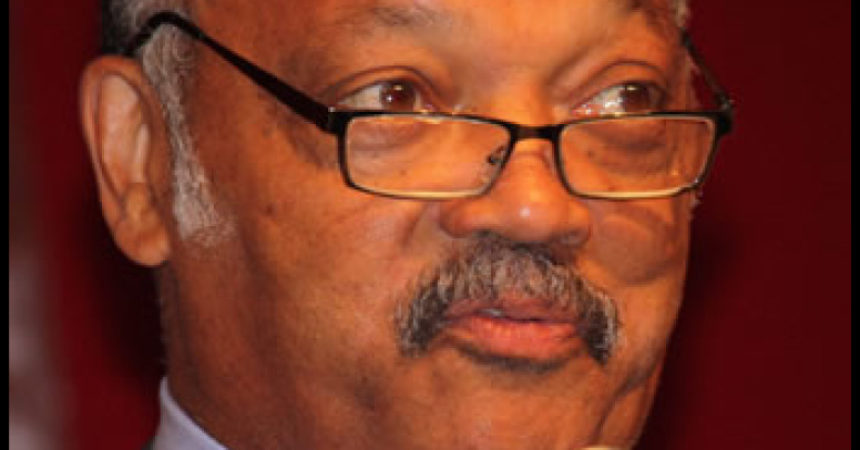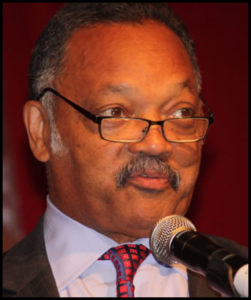
What I learn when I have lunch at Cook County Jail
 Jesse Jackson
Jesse Jackson
On my birthday this year, I continued my tradition of going to the Cook County Jail to have lunch with some of the 5,552 people who are inmates there. These visits remind me of the humanity of those who are in trouble — and of the inhumanity, even idiocy, of our criminal justice system. Despite the first steps toward prison reform, the United States still locks up a higher percentage of its population than any other country — even more than repressive nations like China.
There are some 2.3 million people locked up in America in 1,719 state prisons, 109 federal prisons, 1,772 juvenile correction facilities, 3,163 local jails, as well as what are called Indian Country Jails, immigration detention facilities and more. If prisons were a city, it would be larger than Philadelphia or Dallas, and one of the country’s top 10 in population.
In total, about $80 billion a year is spent on correction facilities, compared to the $68 billion spent by the Department of Education.
About 612,000 of this number are in local jails, but that number is misleading. A staggering 10.6 million people go to jail in any one year. Most are released shortly after posting bail or getting out without it. Over two-thirds of the people in jail have not been convicted of any crime. These are overwhelmingly poor people who cannot afford bail. Prison and jail populations are still disproportionately people of color. African Americans are 12 percent of the country’s population but 33 percent of federal and state prisons’ population.
Recently, from 2009 to 2016, the AfricanAmerican prison population has fallen by about 17 percent, declining more rapidly than the White prison population, which is down about 10 percent. The scourge of the opioid epidemic has significantly contributed to the number of Whites in trouble. Non-violent offenders make up a significant proportion of the incarcerated — particularly in federal prisons. State and local prisons and jails tend to have more inmates charged with property or violent crimes.
Too many are there because of petty violations of the terms of their release from previous charges, not even from committing a new offense. Inmates, almost by definition, are disproportionately low income. They are “down on their luck,” people struggling under the intense pressures of poverty. They tend to be people who suffer from the diseases of depression, alcoholism or drug abuse. When I break bread with these people, I always find them to be more intelligent than people think, more humane than people think, more curious and open to experience than people think. These are not serial murderers or rapists.
They are overwhelmingly people who erred or did wrong but are not bad people. We need a lot more reform of our judicial system and particularly of our system of incarceration. We should be doing far more rehabilitation and far less incarceration. With 10 million people going to jail each year — and the overwhelming number in jail at any one time not convicted of anything — one thing we should do is register them to vote. The inmates I spoke with were stunned to learn that they were still eligible to vote — and eager to be signed up. If they were to be registered and to vote, they might help make a difference in the judges that get elected, in the sentences that get handed out, in the injustices that are structured into our justice system.
They know better than most that while there are some truly violent people that deserve incarceration, the vast majority need a hand up, not another shackle of more debt, a bad record, a bleaker future.
Under Governor Pritzker, Illinois has set the pace. Legislation was enacted that will turn the county jail into a temporary precinct that will enable “pretrial detainees” — those who are detained but not convicted of anything — to register and vote. That provides a model for states and localities across the country.
These are citizens who have the right to vote. We should make it possible for them to exercise that right.







